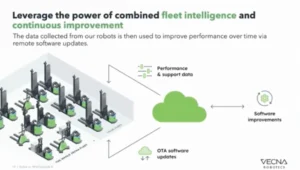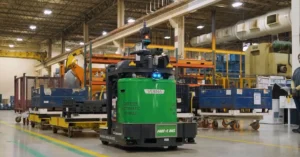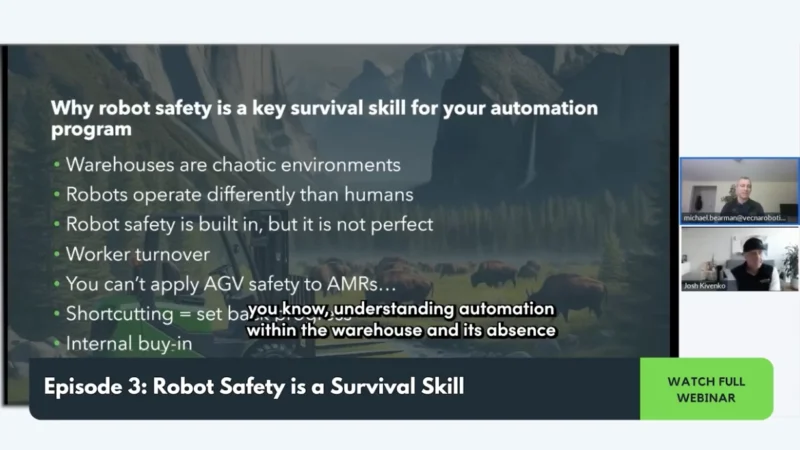How Sodium-Cycle Water Softeners Work Four Steps to the Regeneration Process
Hard water can cause a variety of serious problems. Water containing dissolved calcium and magnesium ions can lead to the buildup of limescale, which can impair and damage industrial equipment such as heat exchangers. Furthermore, the presence of these ions significantly reduces the lathering ability and overall effectiveness of soaps, making for subpar wash water. Water softening is used to combat hard water.
Ion Exchange
Ion exchange technology is frequently used to soften water. The process utilizes an exchange medium that replaces harmful ions with more desirable ions. As this medium saturates with the ions removed from the hard water, the ion exchange unit must go into recharge mode to refresh the medium. The recharge process requires a heavily concentrated solution of desirable ions to be passed over the medium to reverse the ion exchange process. Once recharged, the ion exchanger can be put back online.
Sodium-Cycle Softening
The most widely used water softening ion exchange technology is sodium-cycle softening. This process utilizes a bed of porous beads as the ion exchange medium. These beads, also called softener resin, replace calcium and magnesium ions in the water with sodium ions. Once saturated, the beads undergo a regeneration cycle that passes a brine over them, replacing the magnesium and calcium ions once again with sodium ions. The hardness released during the regeneration cycle is flushed using the regenerate fluid and rinse water.
There are four main steps to the regeneration process in sodium-cycle softening.
- Backwash – The regeneration cycle begins with a backwash, which reverses a flow of water up through the resin to displace the accumulation of suspended solids on the top of the resin. An effective backwash is able to expand the resin bed by 50% and typically takes about 10 minutes to perform. The backwash cycle is complete when the water starts to run clear.
- Brine Draw – Following the backwash, a brine solution with a concentration of approximately 8-12% is directed on top of the resin bed for a duration of approximately 20 minutes. The high concentration of sodium ions in the brine causes the hardness to be removed from the resin beads and replaced with the sodium ions. The brine draw is most effective at a flow rate of 0.5 to 1.0 gallons per minute per cubic foot of resin.
- Slow Rinse – Once the brine draw is complete, the resin bed is rinsed with clean fresh water at a similar flow rate as the brine draw. This finalizes the ion exchange process, and the excess brine is washed to the drain.
- Fast Rinse – The last step in the regeneration process is a fast rinse of fresh water at a rate of 1.5 to 2.0 gallons per minute per cubic foot of resin. Lasting from 20 to 50 minutes, this step flushes any remaining hardness and brine from the resin bed.
With the resin bed regenerated, the sodium-cycle softener is once again ready to process hard water.
Water softening is effective at removing limescale-causing ions and preventing the associated equipment damage created by these deposits. When selecting a water softener, it is important to find the right solution for your particular situation.
Chem-Aqua manufactures a full line of water softeners with unrivaled expertise in the industry. With the ability to diagnose and prescribe optimal water softening equipment for commercial as well as light and heavy industrial uses, Chem-Aqua delivers both stock and customized water softening solutions for any application.
Learn more about industry leading Chem-Aqua water softening solutions today!







